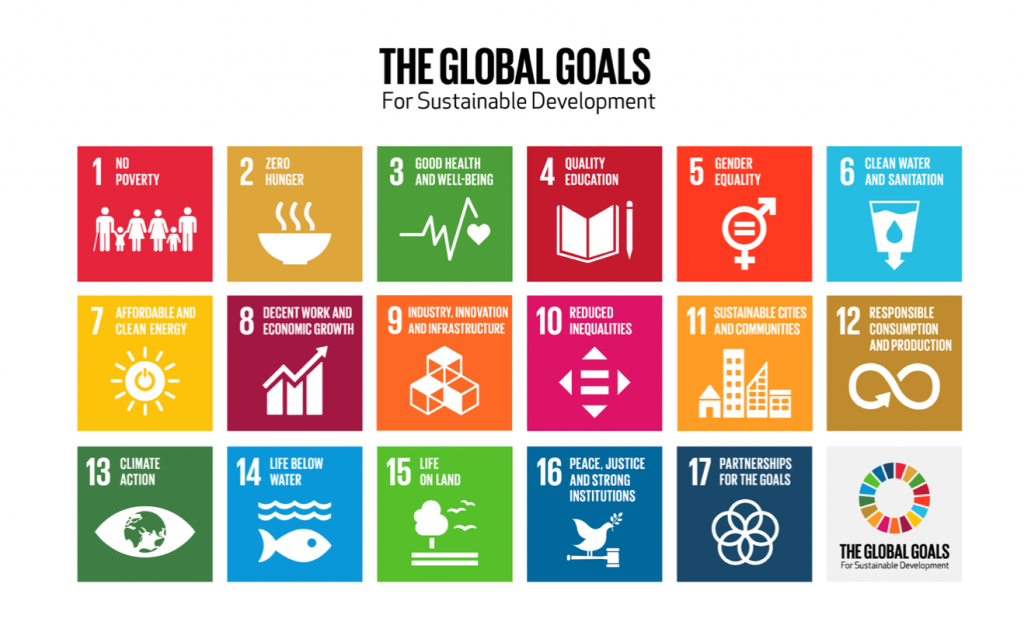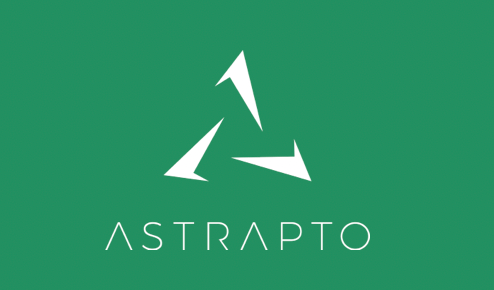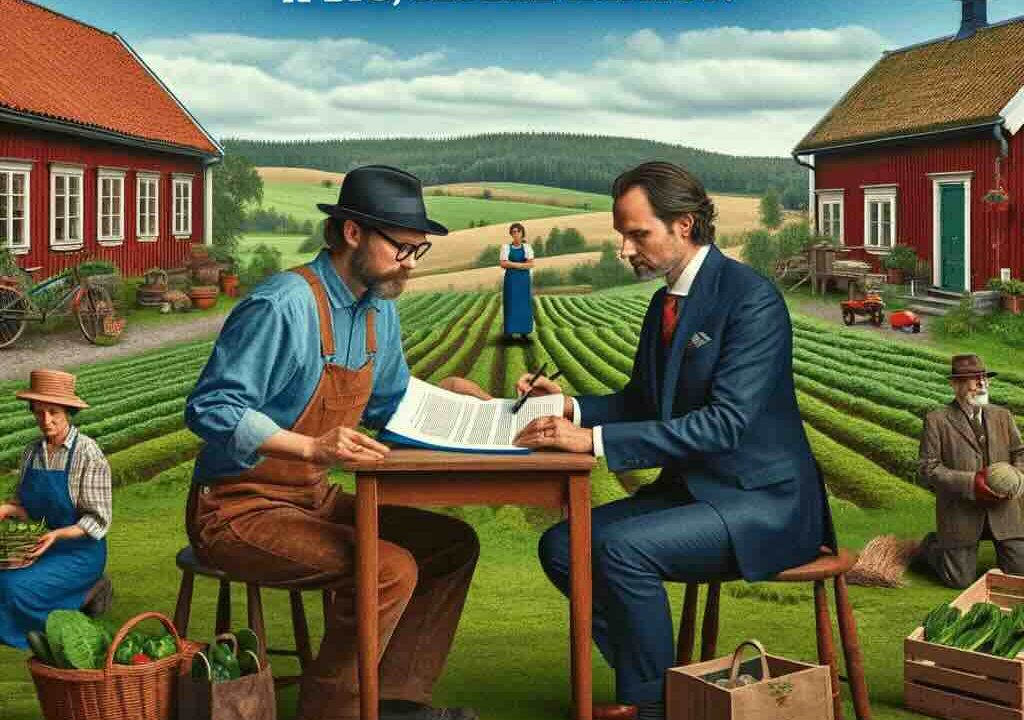The United Nations Sustainable Development Goals (SDGs) are 17 goals, covering every triple bottom line (people, planet, prosperity) aspect of sustainability and help organizations drive Sustainable procurement. These Global Goals are broken into smaller targets that governments, corporations, and other organizations can pursue to meet the goals.
Article written by Dr Aurora Dawn Benton.
Content…
Small businesses make up about 90% of business worldwide (5) yet receive a disproportionate share of corporate and government procurement spend. (1) Buying local and supporting small, disadvantaged businesses advances the SDGs but not without change in the purchasing practices of corporates and governments.

Job creation and community enrichment (1, 2, 17).
SDG 1 – No Poverty
Small businesses employee about half the workforce and make up about 90% of businesses worldwide (5) yet receive a disproportionate share of corporate and government procurement spend. (1) COVID-19 has also put disproportionate burden on small business (6). Global research shows that 50% of new businesses fail within the first 5 years – and that’s under normal conditions! Now more than ever, corporations and governments should shift any part of their spend to smaller businesses, especially towards minority-owned/operated businesses and social enterprises. The reality is only so much of that institutional procurement can be shifted but one study showed that for small businesses, just one contract per quarter equated to just over 2% growth.
SDG 2 – Zero Hunger
Target 2.3 specifically states “By 2030, double the agricultural productivity and incomes of small-scale food producers, in particular women, indigenous peoples,…. through secure and equal access to land, other productive resources and inputs, knowledge, financial services, markets and opportunities…” (7)
Reducing hunger isn’t just about rescuing uneaten food at events or food subsidy programs; it’s also about bringing about economic balance to global food systems. What food purchases in your corporate spend could be adjusted to favor local/small producers and contribute to sustainable procurement? In my article Local vs. Express you can read an example of how this can play out in a B2B procurement scenario. https://www.astrapto.com/insights/local-vs-express
SDG 17 – Partnership for the Goals
SDG 17 is largely about helping underdogs overcome the systemic barriers, especially in developing nations. Here I’d like to remind you that while buying local is preferable, shopping small is a global act. There is a limit to what you can get within a 250 mile radius and some goods must come from other nations.
An excellent way for you to contribute to sustainable procurement is to look at industry associations and other influential groups you are in and explore ways their power can be leveraged for good. The global and institutional policies that negatively impact developing nations will only be changed with the sway of large corporate attention and insistence.
Transparency and insights on people and process. (3, 5, 8, 10, 16).
SDG 3 – Good Health and Wellbeing
Economics (addressed in section 1 above) and health are directly related – areas with greater poverty experience greater rates of poor physical health. (9) Studies show that social enterprises that bring jobs to disadvantaged communities also bring improvements in health (including mental health) and wellbeing. The translates into reduced strain on local support systems such as emergency rooms. (10)
What are you currently buying that could be produced by a social enterprise? Remember that with many social enterprises, the cause comes first and the widget produced is just one of many strategies they employ to meet that need. If you require a different widget, approach them about making adjustments in their product mix to accommodate your order and bring about greater social return.
SDG 5 – Gender Equality
One report suggested equal participation of genders the world economy would add $28 trillion over a decade.(1) Enough said.
Seriously, if after the gender movements of recent years you still need convincing, then this will take more time than we have here. Suffice it to say that in small business, just like in corporate scenarios, women are more often rejected for bank financing and accessing other resources needed to thrive as entrepreneurs. While this may be an extreme case, it proves the point: a project in Lebanon found 30% of small businesses were owned by women but they received only 3% of bank loans. (8)
Do you have a policy for women-owned business purchasing? Only 18% of most companies do (note that companies with green policies in place, this number jumps to 51%, demonstrating that an overall ethos of sustainability in purchasing policies is both an environmental and social endeavor). (4)
SDG 8 – Decent Work and Economic Growth
SDG 8 is chock full of entrepreneurship-related targets, but let’s focus in on one: innovation. If you take a look at the product lines of some major brands, you’ll find many of their newer releases and innovative offerings came from acquiring smaller firms who developed the product first and took it as far they could. This exit is actually the dream of many an entrepreneur. And there’s nothing wrong with that sort of payday. It’s an excellent way for global corporations to tap into new trends and ideas.
The downside is that entrepreneurs bear the risk and cost of getting it started in the first place and it can be extremely challenging and expensive for them to scale up. So identify a small business you’d love to do business with but you know they don’t have the capacity to meet the demand. Then facilitate a partnership (that’s ethical and fair) with a larger vendor that can handle the capacity buy maybe lacks the design and talent for this new product.
SDG 10 – Reduced Inequalities
This SDG includes the intention to “empower and promote the social, economic and political inclusion of all, irrespective of age, sex, disability, race, ethnicity, origin, religion or economic or other status.” One advantage of working with small businesses is the degree of transparency you can have into hiring practices and other aspects of equality.
When you’re dealing with a larger vendor, you may not even be able to access any sort of data that indicates composition or treatment of their workforce. With a smaller business, you can experience firsthand the diversity and culture of the place or team. Take time to meet and know the team – it’s a luxury or working with a small business. And it will likely result in much better service and loyalty.
SDG 16 – Peace, Justice, and Strong Institutions
Did you know there are more than 24 million slaves and more than 150 million in child labor in our global supply chains?! (11) As noted above, when you work with small businesses you are more likely to have insights into their practices. This doesn’t mean small businesses are immune to these atrocities. Indeed, much of the human trafficking is happening at the bottom/beginning of the supply chain where smaller businesses are operating. So your action here should be more insistence that your larger suppliers investigate and clean up their supply chains to remove forced labor from their smaller suppliers further down the line.
Only 29% of UN Global Compact surveyed companies actually assess labor rights (note that a company that self-selects to respond to a UN Global Compact survey is likely to already have a stronger sustainability orientation in their practices) and less than 70% have either a policy prohibiting child labor (shouldn’t that be 100%!?) or one prohibiting forced labor. (11)
Learn more about slavery in supply chains at https://www.antislavery.org/slavery-today/slavery-in-global-supply-chains/

Learn more from Auroras courses about Sustainable Procurement. The importance of a sustainable supply chain cannot be overstated and Sustainable Procurement Course by Dr Aurora Dawn Benton can help you. A procurement expert tasked with guiding suppliers towards sustainable practices, have to understand the pivotal role that procurement plays in driving environmental and social responsibility across the supply chain. This is where Dr. Aurora Dawn Benton’s Sustainable Procurement Course becomes an invaluable resource for both buyers and suppliers.
Note: Illustration to “Sustainable Procurement. Buy Local, Shop Small: A Big, Global Impact!” is created by CHAT-GPT on February 11, 2024,
